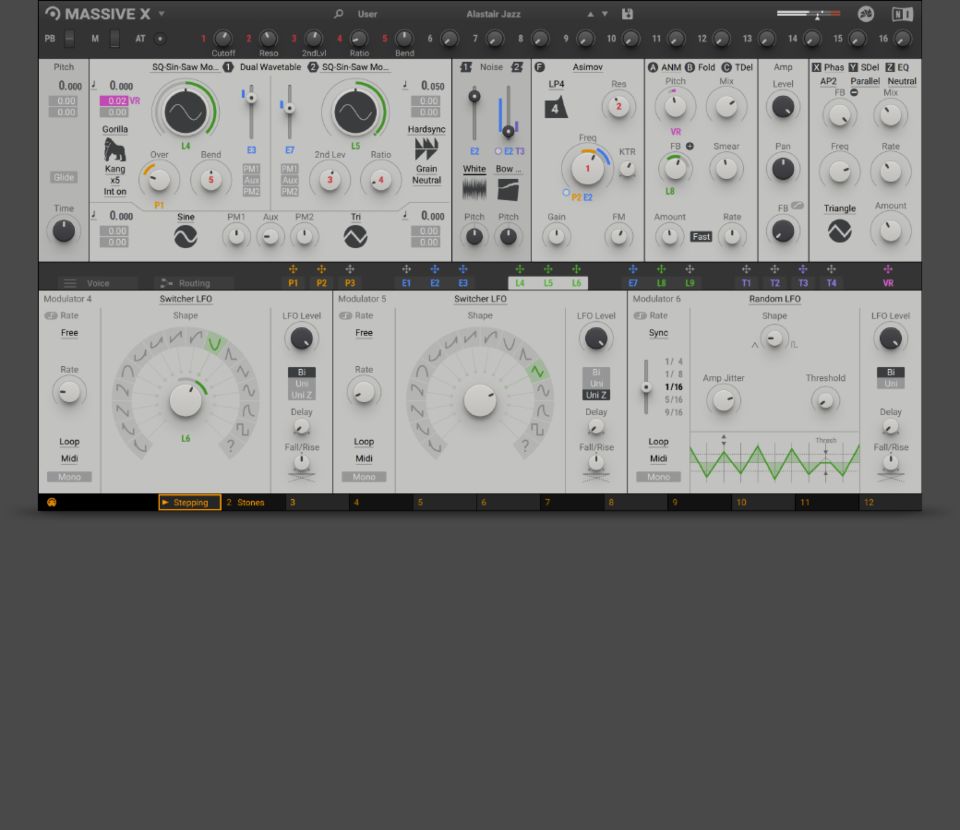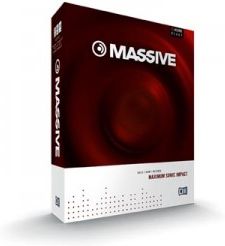

But it’s a shame the option is no longer there. This is likely because most sounds can be achieved through the use of 1 or 2 oscillators, and a 3rd isn’t always necessary. Oscillatorsīoth contenders have 2 main oscillators, even though the previous version of Massive had 3. Even if you get the more expensive option, it will be worth it for you if it works in the long run. What’s better, is that once you’ve paid it off, you own it and get your own license.Īt the end of the day, while price is a factor, focus on how the synth works for you.

Serum is priced at a similar $189 if you wish to purchase it outright, otherwise, you can grab it on Splice’s Rent-to-Own plan for $9.99/month.
#Native instruments massive x demo download#
Or, if you own Komplete 12, you can Massive X included and you can download it right away. Massive X is priced at $199 if you’re purchasing brand new, or $149 if you’ve got the previous version of Massive. If you want a quality synth, be prepared to pay for it. They’re both powerhouses – they are extremely capable and feature-rich.
#Native instruments massive x demo free#
Recommended: The Best Free and Paid Serum Preset Packs Priceīoth synths aren’t cheap, but there’s a reason for that.

You’ll get pads, keys, bass, sequences, FX, chords, percussion and more, all sorted into nice folders. Because of that, it’s extremely intuitive and fun to use. Serum has a simple, dark and sci-fi-inspired layout (if you don’t count the incredible number of custom skins that can completely change that). We all know that you shouldn’t judge a synth by its cover, but nobody really listens to that, right?

Serum came out in September of 2014, when Massive was already the undisputed ‘king’ of wavetable synthesis. In essence, make sure that you don’t expect either of these synths to do something they can’t. Since they are both the same type of synthesizer, we can make a fair comparison, as opposed to comparing an FM synth like NI FM8 to Serum. These wavetables are unique and each one has it’s own sound, allowing thousands of possible timbres. Sound is produced by wavetable oscillators that you can ‘scan’ through to morph the sound over time.


 0 kommentar(er)
0 kommentar(er)
